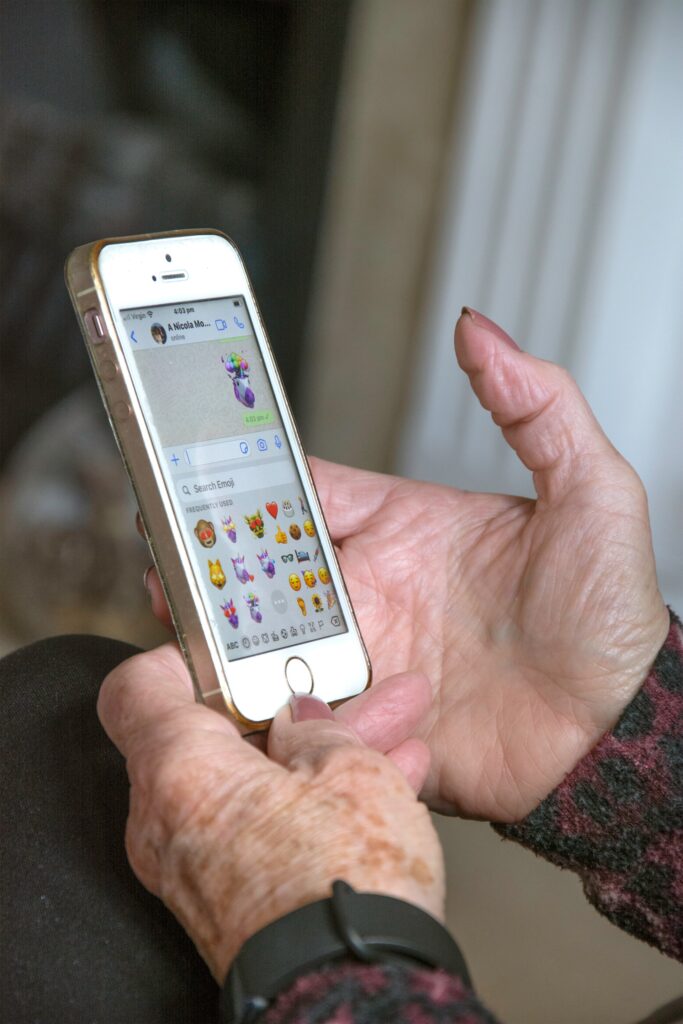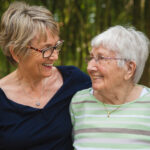Adapting a dementia patient’s environment is crucial to reduce fall risks and ensure their safety. Here are some practical tips to create a safer space for them:
### Assessing the Home Environment
Start by assessing each room in the home for potential hazards. It’s helpful to do this with a professional caregiver who can identify risks that might not be immediately apparent. Look for obstacles, slippery surfaces, and any other factors that could lead to falls.
### Kitchen Safety
In the kitchen, make sure frequently used items are within easy reach. Store sharp objects and cleaning supplies in locked cabinets to prevent accidents. Use appliances with simple controls and automatic shut-off features. This will help prevent confusion and reduce the risk of burns or other injuries.
### Bathroom Safety
The bathroom is a high-risk area for falls. Consider installing a walk-in shower with non-slip mats and grab bars near the shower and toilet. Ensure the water temperature is not too hot, and lock up any medications. Labeling items like shampoo and lotion can help reduce confusion.
### Bedroom Safety
In the bedroom, ensure there are clear pathways between the bed and bathroom. Install motion-sensor night lights to provide adequate lighting without being too harsh. Lower the bed height if necessary to make it easier to get in and out. Keep a phone nearby and avoid using electric blankets or heaters without supervision.
### Living Area Safety
In the living area, ensure all furniture is sturdy and secure. Remove any obstacles and “baby proof” electrical outlets. Secure large pieces of furniture like bookcases and televisions to prevent them from tipping over. Chairs should be at a comfortable height to make sitting and standing easier.
### Outdoor Safety
Outdoor spaces can be enjoyable for dementia patients, but they need to be safe. Ensure walking surfaces are flat and secure, and install handrails if necessary. The garden should be well-lit and free of clutter. A fence and locked gate can prevent wandering.
### Lighting and Flooring
Proper lighting is essential throughout the home. Use nightlights in bedrooms and bathrooms to help navigate in the dark. Avoid shiny or reflective flooring, as it can appear wet and cause confusion. Opt for matte flooring that contrasts with the walls to help with visual orientation.
### Reducing Noise and Clutter
Reduce background noise by turning off unnecessary appliances and using sound-absorbing materials like carpets and curtains. Keep the environment tidy and clutter-free to reduce confusion and tripping hazards.
By implementing these changes, you can significantly reduce the risk of falls and create a safer, more comfortable environment for dementia patients.



